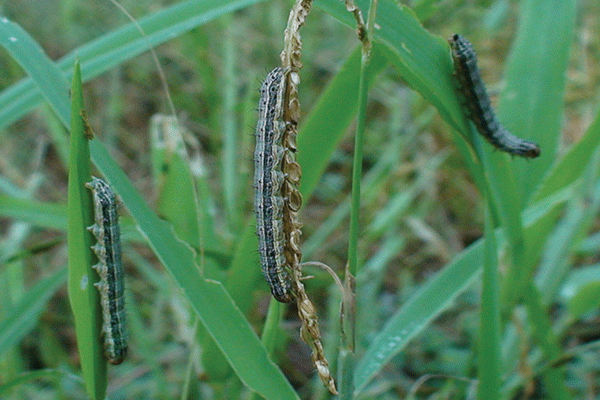
The Centre for Agriculture and Biosciences International (CABI) has warned that in the absence of proper control measures, an invasive crop pest, the fall armyworm, could cause extensive maize yield losses, estimated between $76 million and $191 million in Zimbabwe.
BY STAFF REPORTER
The United States Agency for International Development (USAID), in co-ordination with the United Kingdom’s Department for International Development (DFID) and their respective implementing partners, have created a hands-on fact sheet to help small-scale farmers combat the spread of fall armyworm. They have partnered with over 350 000 farmers.
The factsheet, along with the new publication Fall Armyworm in Africa: A Guide for Integrated Pest Management, First Edition, January 2018, offers mitigation measures that are easy to understand and implement by farmers, extension agents, researchers, and governments. The guide was jointly produced by USAid, the International Maize and Wheat Improvement Centre (CIMMYT), and the CGIAR Research Programme on Maize (CRP MAIZE).
The fall armyworm pest was first confirmed in Africa in 2016. Native to the Americas, fall armyworm can feed on 80 different crop species, including maize, a staple food consumed by over 300 million African smallholder farm families.
The crop pest has since been found in over 30 African countries, including Zimbabwe, posing a significant threat to food security, income, and livelihoods.
“The United States is partnering with 350 000 Zimbabwean farmers and other local experts to stop the spread of this dangerous pest. This is an important part of USAid’s ongoing efforts to improve food security in Zimbabwe by strengthening the resilience and productivity of small-scale farmers,” USAid/Zimbabwe mission director Stephanie Funk said USAid/Zimbabwe is also working with CIMMYT, the Food and Agriculture Organisation (FAO), and a University of Zimbabwe entomologist to bring stakeholders together from all relevant sectors to share information and create a platform for continued open dialogue to tackle the voracious fall armyworm.
USAid promotes agricultural recovery and livelihood development through the feed the future initiative.
- Chamisa under fire over US$120K donation
- Mavhunga puts DeMbare into Chibuku quarterfinals
- Pension funds bet on Cabora Bassa oilfields
- Councils defy govt fire tender directive
Keep Reading
USAid’s two feed the future activities aim to reduce rural poverty and increase incomes and food security through increased agricultural production, productivity, and market linkages for small-scale crop farmers and dairy and beef producers.











